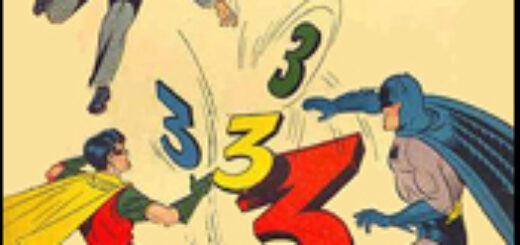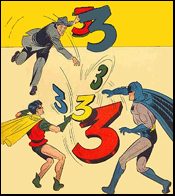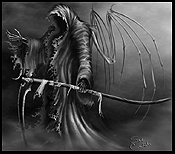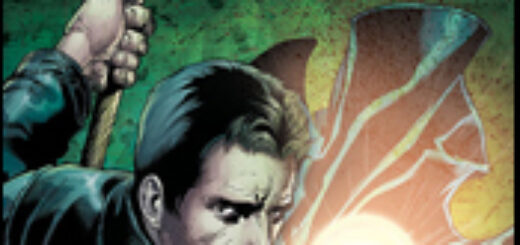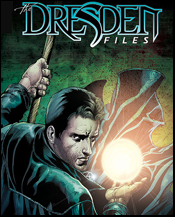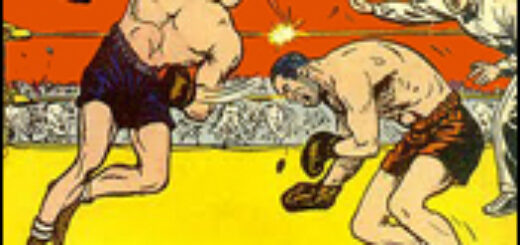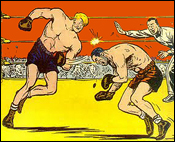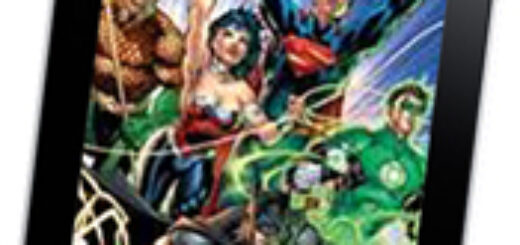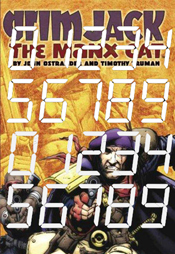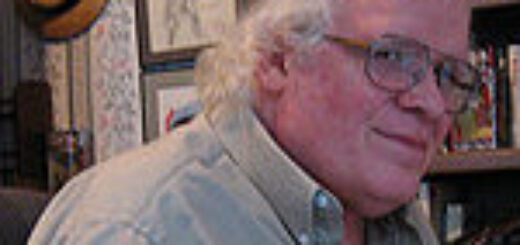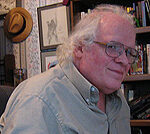JOHN OSTRANDER: Telling Stories
 There is no such thing as nonfiction. There’s only story.
There is no such thing as nonfiction. There’s only story.
I ‘spect I have some ‘splainin’ to do on that one, Lucy.
Story is a narrative comprising selected series of events arranged towards a desired effect. That’s the same whether you’re telling a Batman story, a newstory, a history, a biography, a novel, a short story, a screenplay or what have you. What determines what events the storyteller chooses to emphasize, de-emphasize, omit, invent, re-interpret, or fudge is whatever ends or point that said storyteller wants to make.
“Newstories?” you ask. “You’re describing the news as all fiction?” You can prove it yourself. Something happens and it’s on the news. How The New York Times covers that event is going to be different than how Fox News covers it. Witness Occupy Wall Street.
The difference between fiction and “non-fiction” is that in fiction we make up the events (although in historical fiction, we often use real events) while the reporter, the biographer, the historian usually use actual events. I have read histories or biographies where there are so few known historical facts that the biographer/historian spends time speculating on what “must” have happened.
In no case, however, are the events they describe exactly what happened. They would have to describe every little thing that occurred without giving one item more emphasis than another. It is not reality; it is the writer’s story of what happened. All the events in a newstory or a history or a biography happen through the lens and the filter of the storyteller, which is formed by that storyteller’s own experiences and point of view. It may be further informed by the editor or producer or director or the PR guy.
It’s all story.
When I’m writing, two of the key questions I have to ask is 1) whose story is it and 2) what story am I trying to tell? The answers to those two questions make or break the story. I maintain it’s no different elsewhere.
Science books? No different. The events are the data and the writer emphasizes or de-emphasizes which data according to what he or she thinks is relevant.
Text books? Oh lordy, are they ever becoming fiction. I know people who work in the text book industry and what goes in, what gets left out, what gets emphasized or de-emphasized depends on the largest school districts and what their school boards want in them or left out. Those districts are in California and Texas, by the way, and they determine what story gets told. If you’re kid is getting creationism taught as a theory equal with evolution, it’s because some powerful school districts have decided that’s part of the story to be taught.
But numbers don’t lie, right? Math books are non-fiction.
Numbers are made to lie all the time. We got into this economic mess because of the fiction some people sold using a selected set of numbers. If someone is spinning the numbers, then they’re telling you a story using those numbers. In other words, a fiction.
Events happen all around us all the time. Thanks to the wonders of the cel phone, the tablet, the Internet, Facebook, Twitter, and on and on, we are constantly bombarded with more events.
Story is how we make sense of the world, of existence, of our lives. We emphasize some things, de-emphasize other, omit a ton of stuff in order to create our own story, one we can live with, cope with, make some sort of demented sense of.
Story, and fiction are not lies per se; they are interpreted reality. What we experience, how we interpret it, is all-true but none of it is completely true. It’s all fiction to some degree. None of it is the complete truth. The part we play in each story varies according to which story is being told and who is telling it. I am, hopefully, the hero of my own story but I may be the villain or antagonist of another, a supporting character in yet another, a cameo or background character in many others. Same for you.
It’s not a bad thing. Story is how we make sense of reality. The more stories we hear, the wider our understanding of that reality. Just keep in mind – everyone has a story to tell. Just ask yourself – why are they telling you a given story? Why am I telling you this one? What story do you make of it?
Make it a good one.
MONDAY: Mindy Newell


